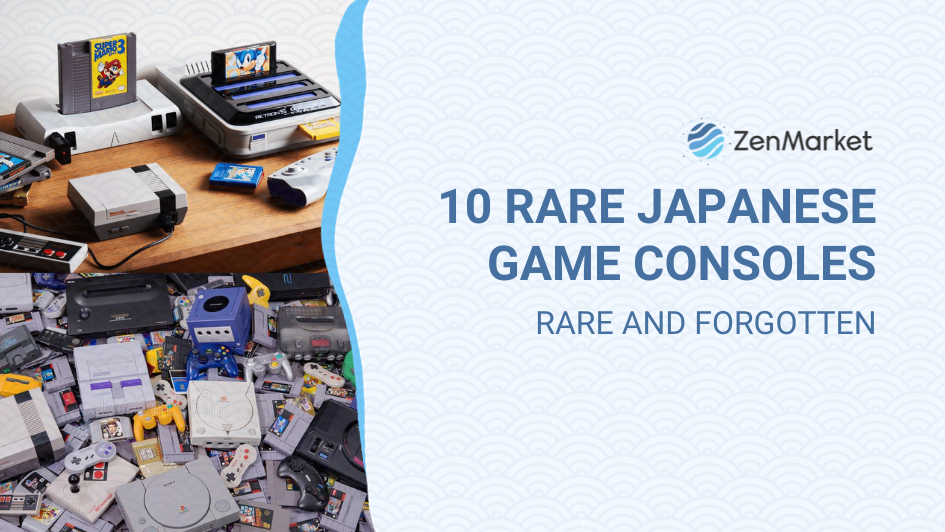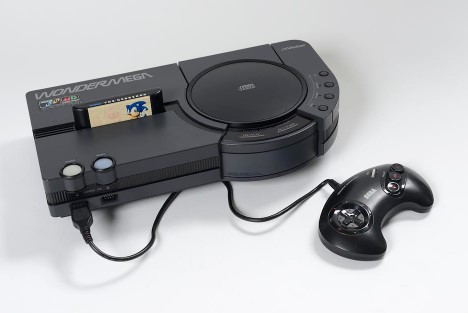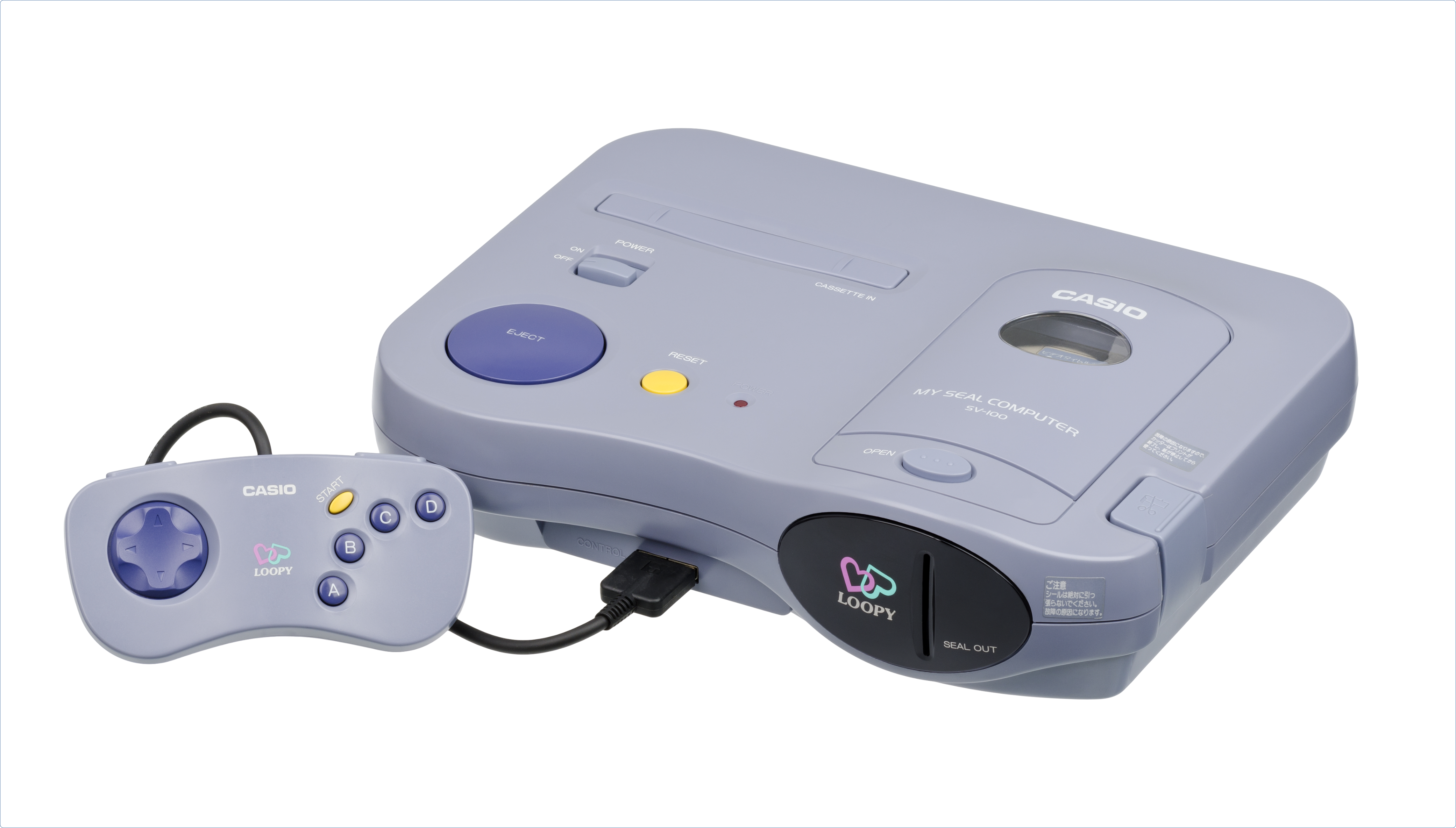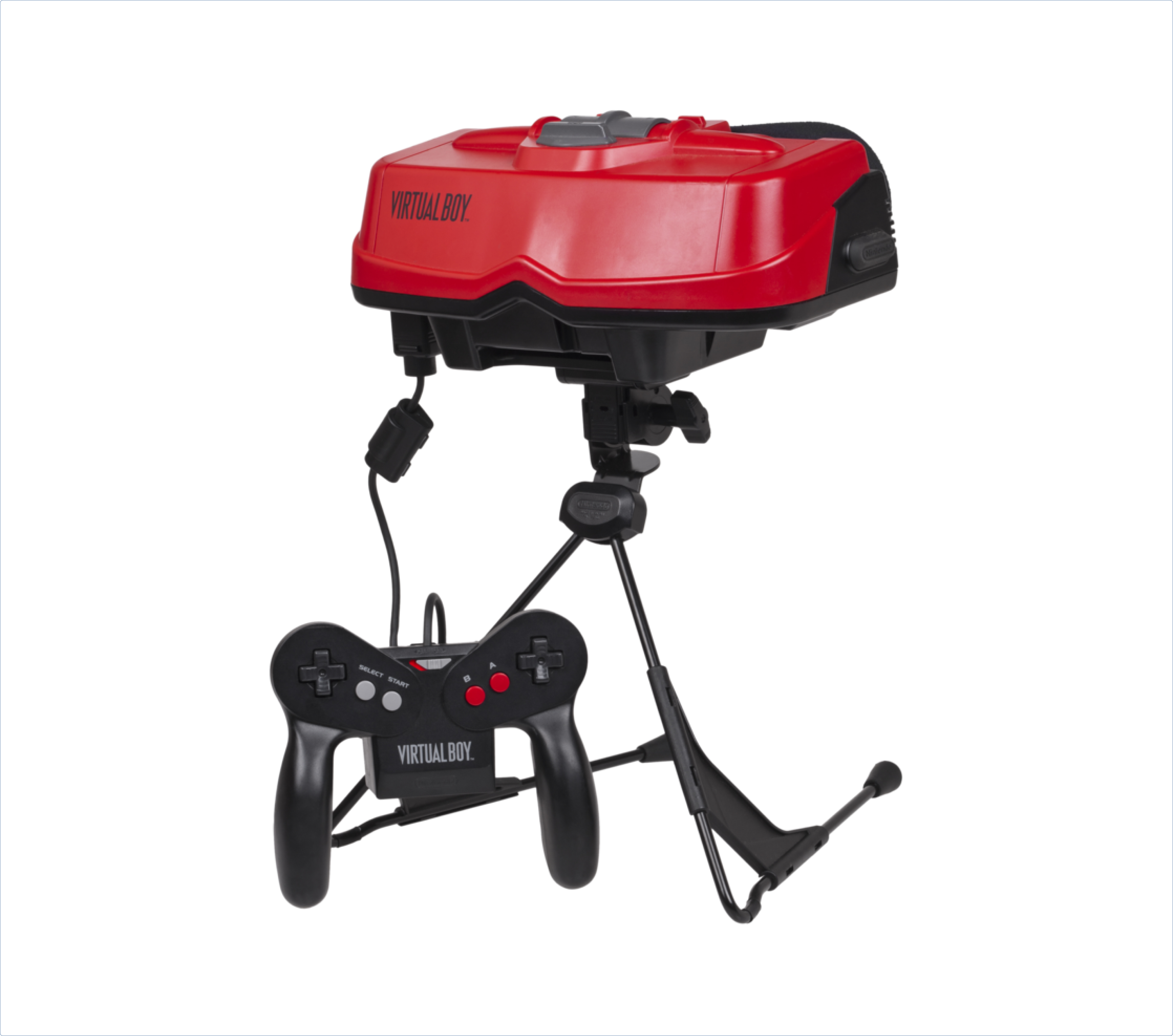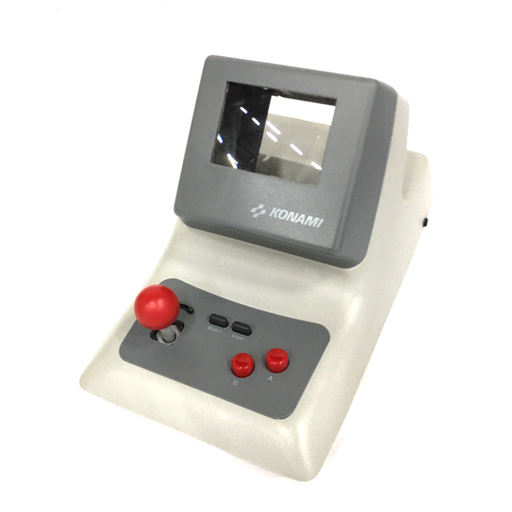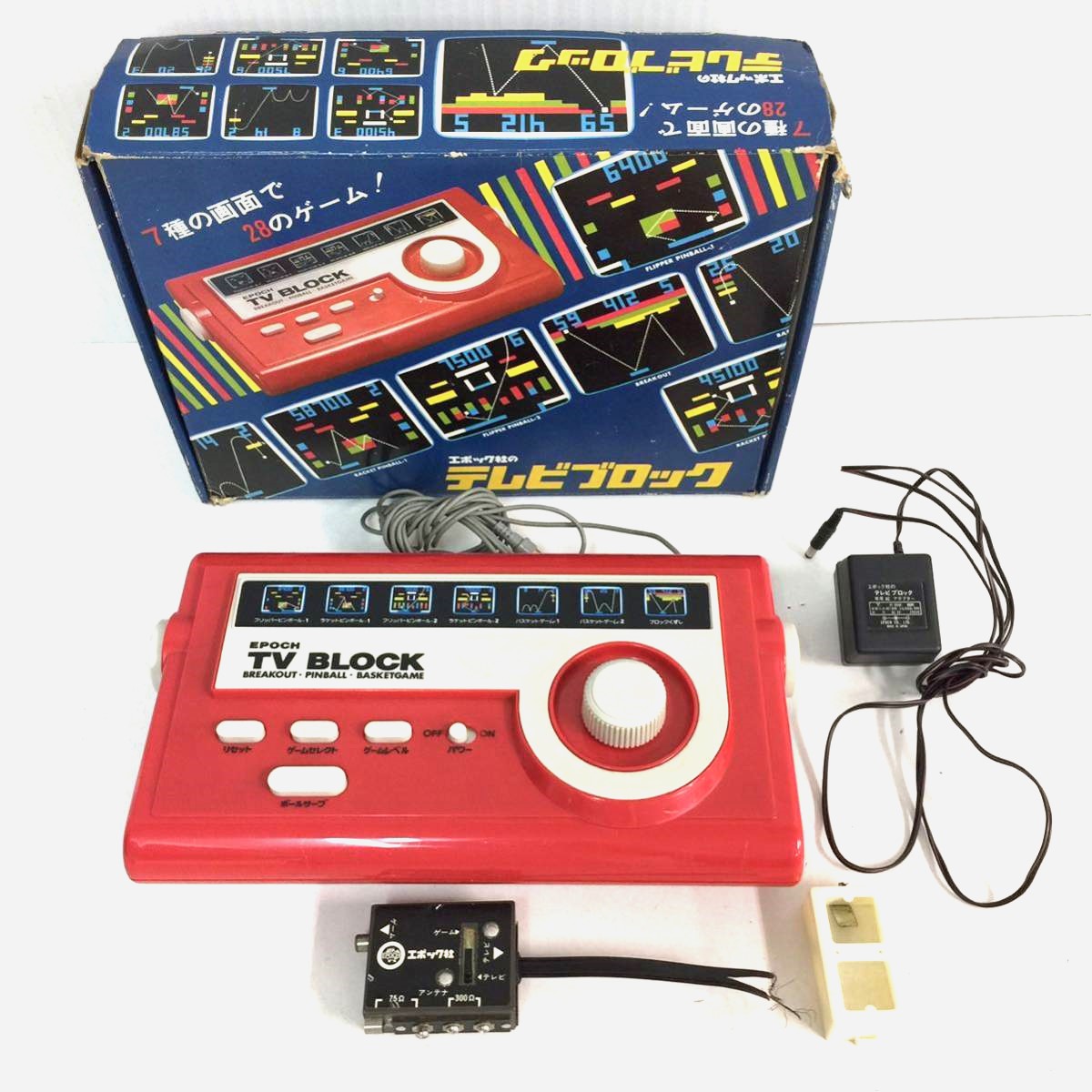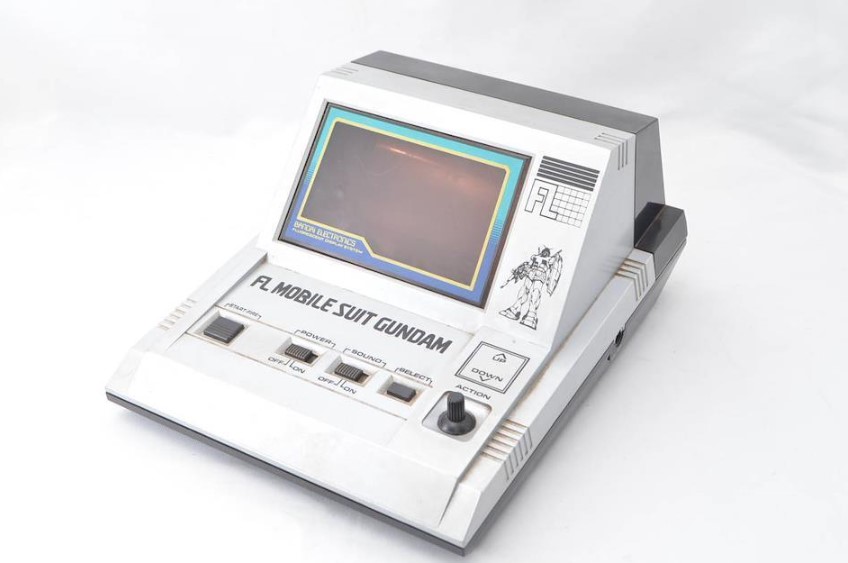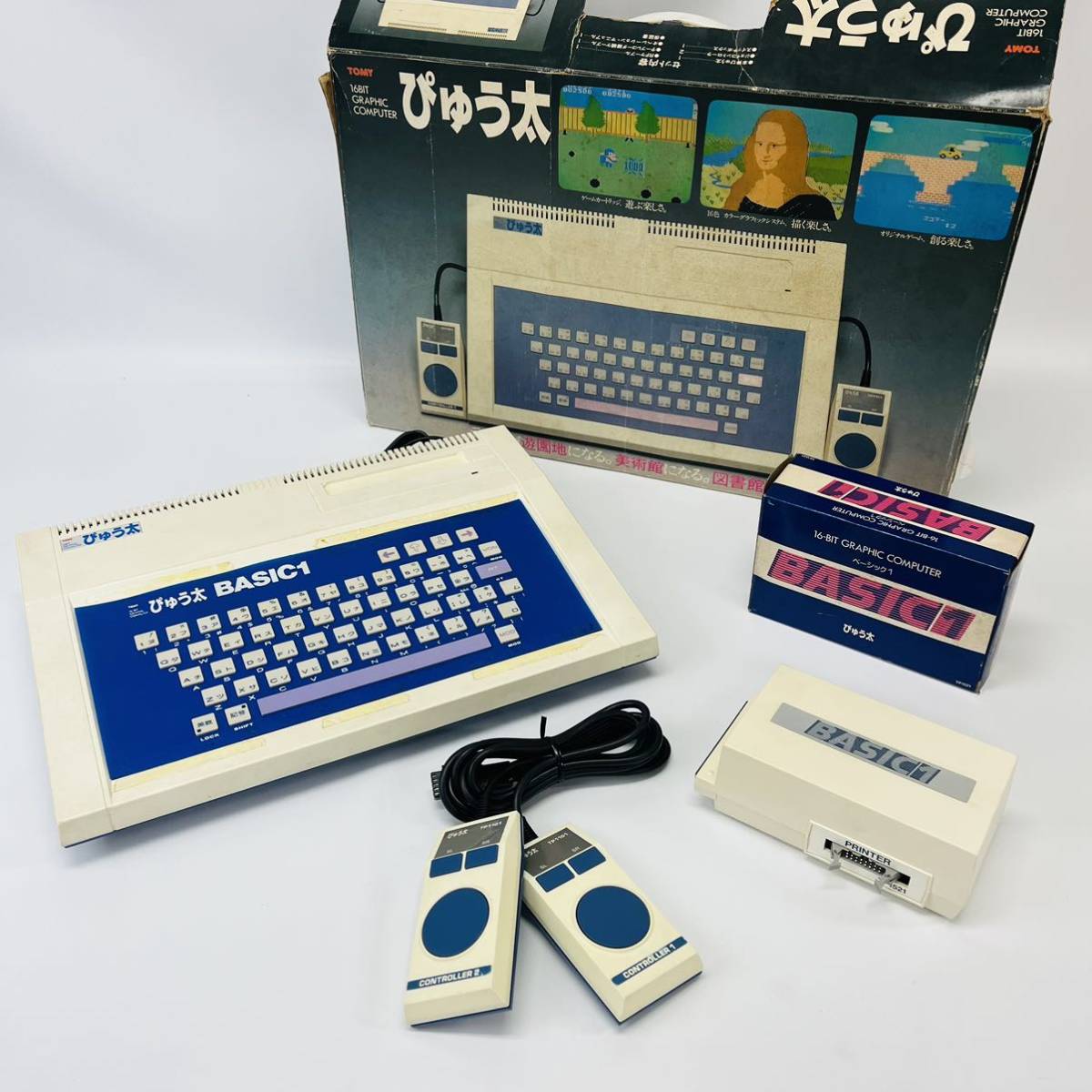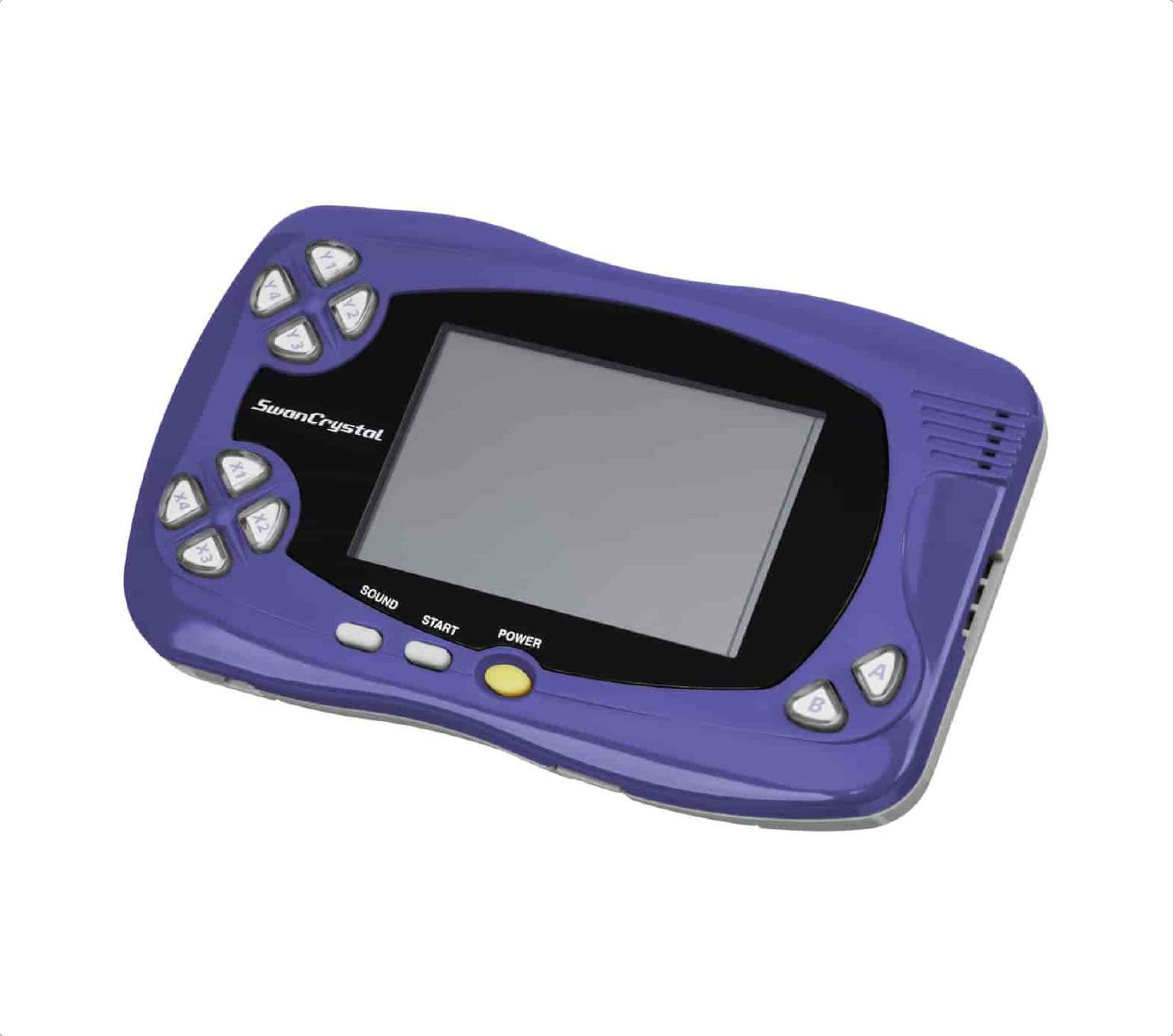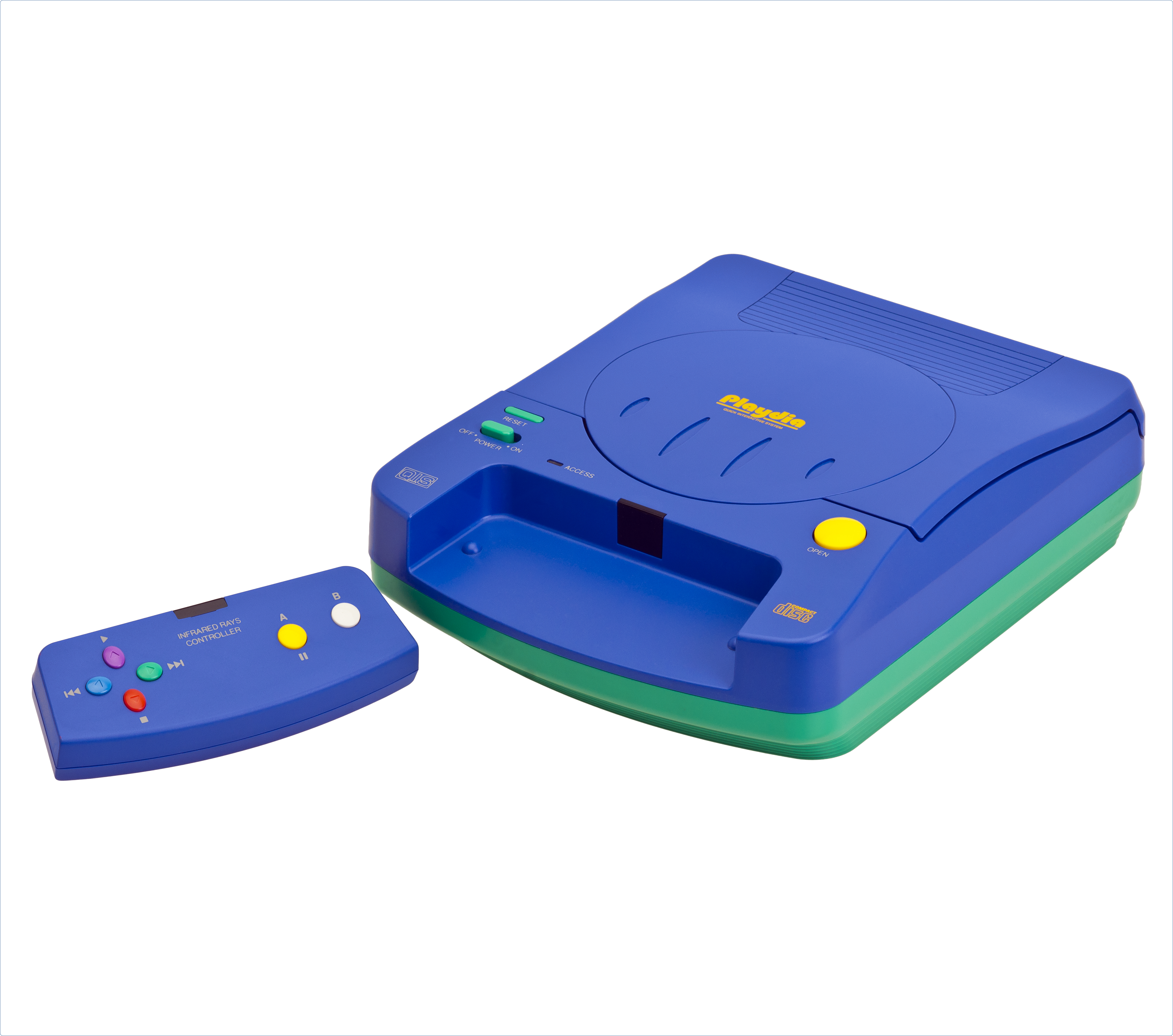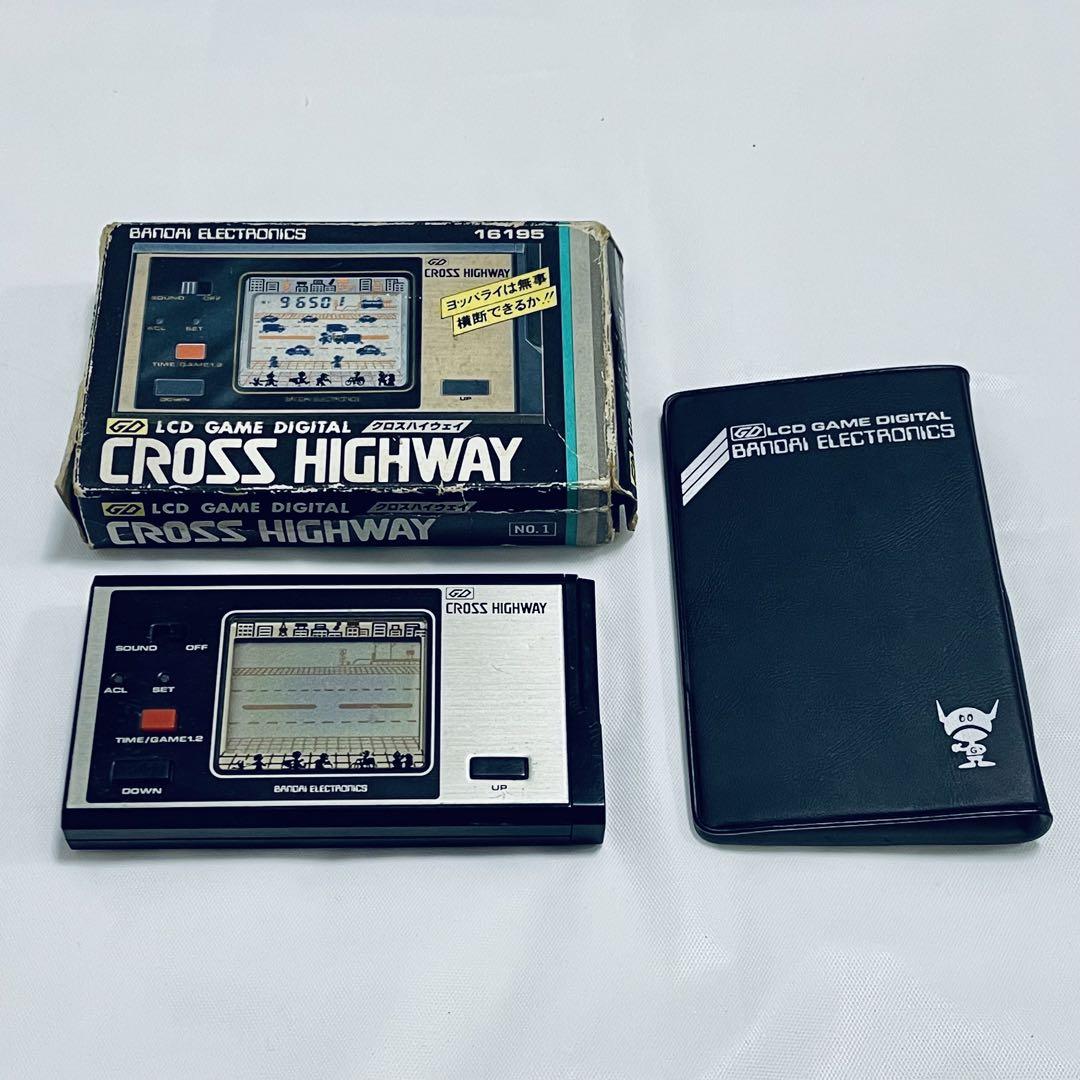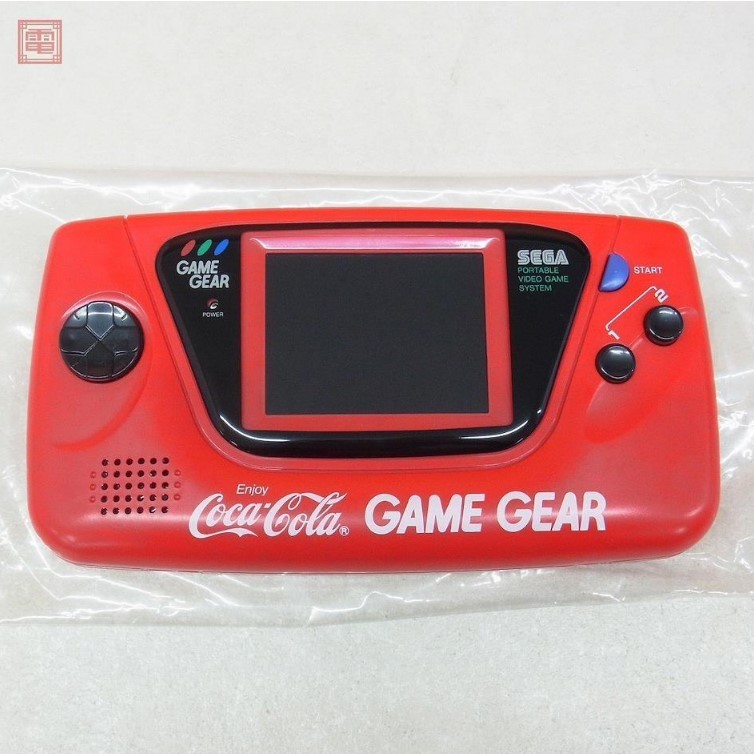[ad_1]
As all retro gaming enthusiasts know, Japan is top place to shop when it comes to unearthing precious vintage consoles. And while many popular models have left their mark on the minds and childhoods of many gamers, other less well-known game consoles, have ended their lives in the vast oblivion of gaming history.
We’ve selected 10 rare and forgotten Japanese retro consoles that are sure to arouse your curiosity.
1. Wonder Mega Sega
Type: Home Console
Combining in a single device the features of a Mega Drive and its Mega-CD peripheral, the Wonder Mega Sega (ワンダーメガ) is a high-end home console. Indeed, at the time of its release, its price far exceeded the total price even for the two original devices… An anomaly that undoubtedly contributed to its commercial failure.
Four versions of the Wonder Mega currently exist on the retrogaming market, all developed between 1992 and 1994. Technically very similar, they differ mainly in appearance, which was reworked several times to reduce production costs. While the Sega model is only a slight variant of the Victor RG-M1, the Victor RG-M2 is smaller. It was released in the U.S. in 1994 under the name X’Eye, losing a few features in the process, notably the wireless controllers.
In terms of games, the Wonder Mega benefits from the Mega Drive’s vast game library, including games specifically designed for the Mega-CD peripheral.
2. Casio LOOPY
Specifically designed for the female market, the Casio Loopy (マイシールコンピュータールーピー) is a UFO in the world of Japanese retro gaming! Launched in October 1995, this girly console includes software for creating and printing stickers, as well as a few games for younger girls.
Despite a certain success at launch, the Casio Loopy soon suffered from competition of the first 3D consoles. Faced with the debut of PlayStation, Saturn, and Nintendo 64, it struggled to shake off its toy image and was eventually discontinued.
3. Virtual Boy Nintendo
Conceived by Gunpei Yokoi, the legendary creator of Game & Watch, Metroid and the Game Boy, Nintendo’s Virtual Boy (バーチャルボーイ) is the epitome of a concept ahead of its time. It is, in fact, the forerunner of our VR headsets.
Mounted on a stand, the Virtual Boy is not worn on the head. It is designed to be placed on a table, facing the player. Interaction takes place via a highly ergonomic joystick, directly connected to the headset.
Released only in Japan, the United States and Canada, the Virtual Boy quickly proved a resounding commercial failure. With barely 800,000 units sold, it was the least lucrative console in Nintendo’s history! With its limited game library, two-color display (red and black), nausea, headaches, and uncomfortable playing posture, the Virtual Boy received many harsh criticism from gamers that its European release was canceled, and the project was abandoned less than a year after its launch.
Only 22 games were released on Virtual Boy, including Mario’s Tennis, Vertical Force, V Tetris, and Wario Land.
4. Hyper Boy Konami
Konami’s Hyper Boy (コナミハイパーボーイ) isn’t a console, but a peripheral designed to enhance the classic Game Boy gaming experience. It is a mini arcade box into which the console fits. It features a joystick, a magnifying glass with dual lighting, and a stereo speaker.
Konami aimed to overcome the Game Boy’s main shortcomings, notably its small size and the absence of screen backlighting. More than a console, the Hyper Boy is a pleasant gadget, which found its audience in Japan but was never intended for the international market.
5. Epoch TV Block
The oldest of the rare and forgotten consoles in this selection, the Epoch TV Block (エポック社テレビブロック) dates back to 1979. With its attractive red coloring and rounded corners, this toy-like console bears a striking resemblance to Nintendo’s Color TV-Game 6, which appeared in 1977.
The Epoch TV Block includes 7 games, mainly Pong variants with minimalist graphics. Its typical late 70’s design makes it an ideal object for collectors of rarities, as shown in this test and unboxing video (in Japanese).
Also Read: HOW TO BUY GAME CONSOLES FROM JAPAN
6. Bandai FL Mobile Suit Gundam
Under its old Minitel look, the Bandai FL Mobile Suit Gundam (バンダイFLガンダム) was a huge commercial success in Japan! It was released in 1982, at the height of the Gundam series boom. At the time, the Japanese electronic games market was also at its peak.
Behind its arcade-inspired design lies a 5-phase shooter, based on the universe of studio Sunrise’s star anime. Although little known overseas, the console is quite commonly found in Japan. It is therefore frequently found in second-hand stores and on online auction sites such as Yahoo! Auctions.
7. 16 Bit Graphic Computer Pyuta TP 1000 Tomy
The 16 Bit Graphic Computer Pyuta TP 1000 Tomy (トミー 16ビットグラフィックコンピューター ぴゅう太 TP1000) is a device with an angular design, consisting of a simple keyboard. Halfway between a console and a low-performance personal computer, Pyuta essentially lets you play simple games – or even create your own!
It was sold in toy stores, and despite a promising start, soon suffered from competition from Nintendo’s Famicom, released in July 1983.
Despite its commercial failure, Pyuta nonetheless had two successors: the Pyuta Jr. TP2001 (トミー ぴゅう太Jr.) centered on games and drawing, with a function allowing you to draw on your TV screen, and the Pyuta mk2 TP1007 (トミーぴゅう太mk2).
8. Wonderswan Bandai
Type : Portable Console
Once again, Gunpei Yokoi is the designer for the Wonderswan (ワンダースワン), a handheld console produced by Bandai.
While its direct competitors, the Game Boy and Neo Geo Pocket, had already switched to color a year earlier, the first-generation Wonderswan was a monochrome console. It therefore struggled to win over the competition, despite its very affordable price and long battery life.
A year later, a WonderSwan Color (ワンダースワンカラー) was released… unfortunately it was too late to take the market away from the Game Boy Color. Nevertheless, a few games managed to make their mark, such as Final Fantasy, (more than 350,000 copies sold), Final Fantasy II and IV, and several opuses in the SD Gundam GÉNÉRATION series.
The third and final model, the SwanCrystal (スワンクリスタル) is an evolution of the WonderSwan Color, marketed in 2002 in Japan only. Though this new model brought a few notable improvements, it discontinued in 2003.
9. Playdia Bandai
Released in 1994, the Playdia (プレイディア) is another Bandai console, equipped with a CD-ROM drive. With its flashy toy look, this console mainly targets school children.
Released at the time of the first 64-bit consoles, the Playdia is best known for being the only 8-bit console of the 5th generation… which no doubt explains its commercial failure.
10. Cross Highway Bandai Electronics
A true nostalgia gem for collectors, Cross Highway Bandai Electronics (クロスハイウェイ バンダイ) is a Game & Watch electronic game, released in 1981.
The game is to to cross a road while avoiding cars (video in Japanese), and random appearing barriers or blockages along the way.
Underneath the simplicity of this concept lies a game that is reputed to be very difficult to play! The device’s sleek look is a fine example of the inimitable aesthetics of the 80s. It’s sure to appeal to lovers of Japanese retro gaming…
11. Bonus: Game Gear Coca-Cola Edition
With its beautiful bright red color, the Game Gear Coca-Cola edition (ゲームギア コカ コーラ) is a special edition of Sega’s legendary Game Gear handheld console. It accompanied the platform game “Coca-Cola Kid”, released in 1994.
All these rare and forgotten consoles can be found on online auction sites such as Yahoo Auction Japan or Mercari from Japan.
Have you signed up for ZenMarket yet?
ZenMarket is the place to get your hands on goods directly from Japan!
[ad_2]
Source link

